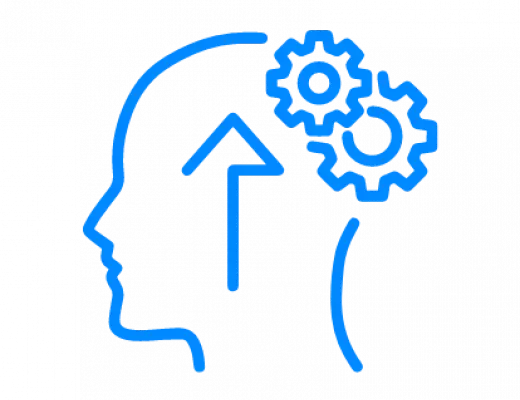As artificial intelligence advances, digital humans promise to revolutionize human-computer interaction and become integral parts of our digital lives. In this whitepaper, we explore the future of this digital human technology.
Inside this whitepaper
This white paper delves deeply into the fascinating world of digital humans, shedding light on their inception, applications, and the transformative impact they have on human-computer interactions. In this comprehensive examination, we journey through a series of focal areas including:
- Foundational Understanding: Delve into the fundamental nature of digital humans. Here, we outline their defining characteristics and take a retrospective look at the ascent of digital influencers.
- Innovative Implementations: Trace the early adoption and innovative integrations of digital humans. Discover their roles as conversational interfaces, personalized recommendation providers, interactive guides, and participants in dynamic two-way dialogues.
- Revolution in Interaction: Observe how the advent and evolution of digital human technology has revolutionized human-computer engagement, melding the advantages of conversational AI with the familiarity of human form.
- Future Prospects: Envision the promising horizon of digital humans in various sectors. With continued innovation and careful execution, we foresee digital humans redefining realms like medicine, education, commerce, and entertainment in unprecedented ways.


